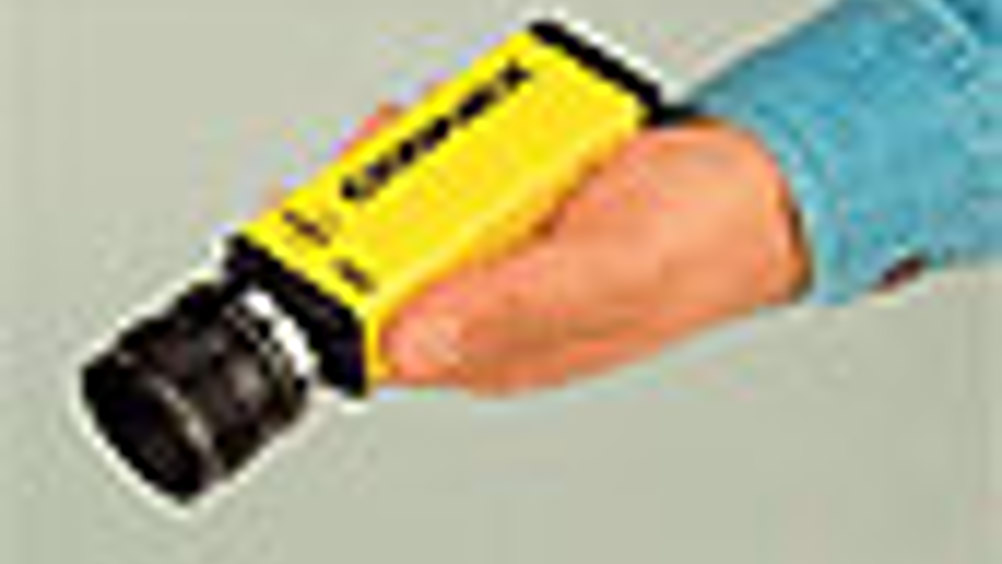Wider view
Ease of use and lower prices mean machine vision technology is broadening its appeal for application in new sectors. Julia Pierce reports

Machine vision technologies, once the preserve of selected industries, are now expanding into new markets. But with this has come a problem: manufacturers are finding innovations are only attractive if coupled with simplicity and ease of use.
'It is an exciting time for such systems,' said Declan O'Dea, northern Europe manager at global vision systems firm
. 'Some new industries are now adopting systems, whereas once they viewed them as not being viable.'
Traditional users of machine vision systems, such as the automotive industry and its Tier 1 suppliers, have been driven by their need to deliver products of high and consistent quality.
'A combination of the decreasing price of technologies, together with increased ease of use, means that sectors such as food and beverages and the packaging industry are now interested in using these systems, whereas beforehand they were perhaps perceived as being hard to use,' said O'Dea. 'The ability for all workers — including those who do not speak good English — to find the technology easy to use and be able to set it up on new parts is vital.'
Register now to continue reading
Thanks for visiting The Engineer. You’ve now reached your monthly limit of news stories. Register for free to unlock unlimited access to all of our news coverage, as well as premium content including opinion, in-depth features and special reports.
Benefits of registering
-
In-depth insights and coverage of key emerging trends
-
Unrestricted access to special reports throughout the year
-
Daily technology news delivered straight to your inbox










National Gas receives funding to develop Gravitricity underground hydrogen storage system
One single rock salt mine - Winsford - has 23 <i>MILLION </i>cubic metres of void and even allowing for 10% of that void set aside for hazardous waste...